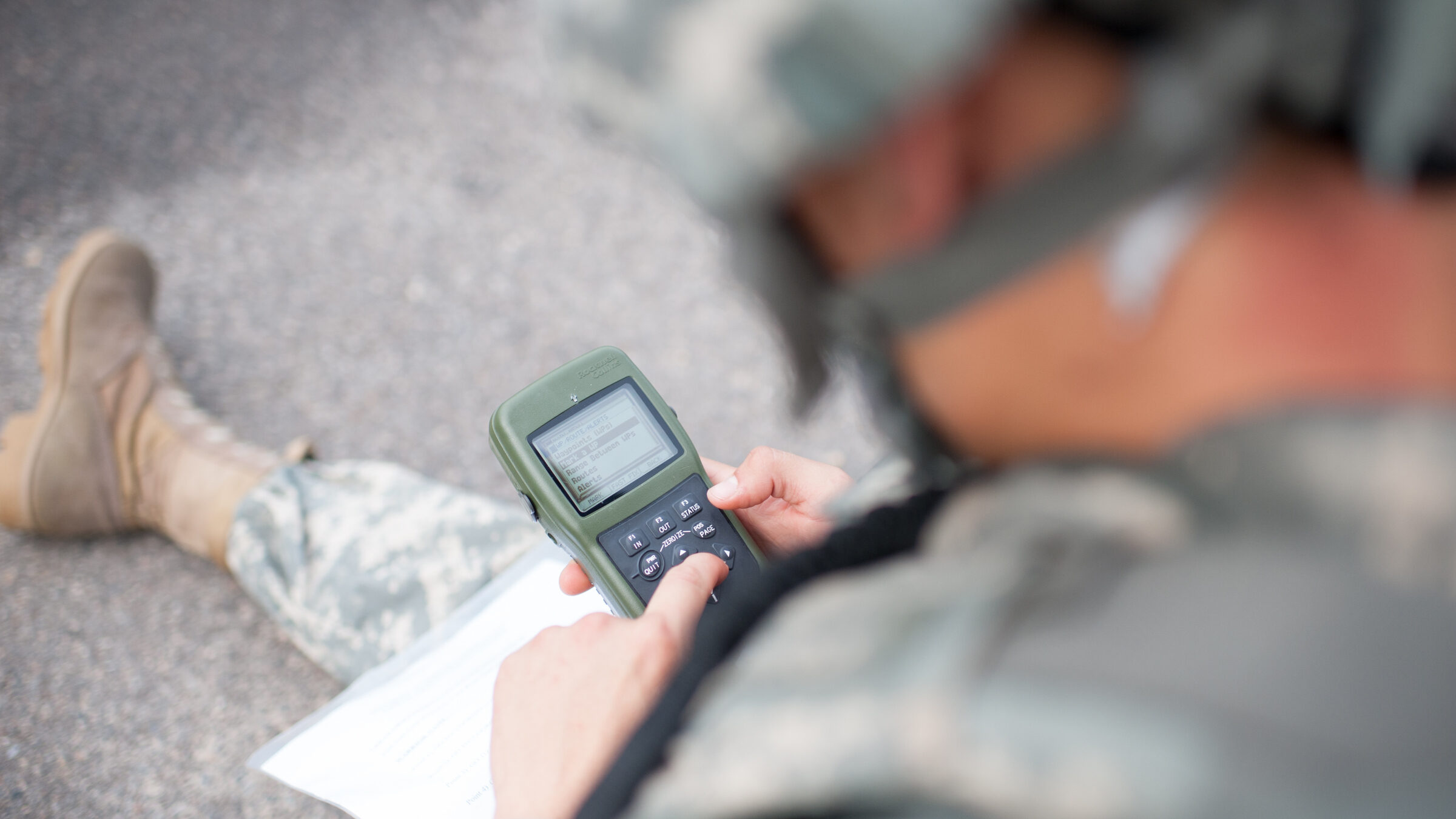
SMD 2022 — The armed services and the Office of Secretary of Defense have at least 11 ongoing efforts to develop technologies for providing positioning, navigation and timing to backup GPS in case of outages, but Congress’s watchdog agency is worried that up to now the Pentagon has provided little strategic direction to guide them.
The Defense Department’s “PNT Enterprise mission calls for alternative PNT capabilities during operational situations when GPS is unavailable or unreliable. … However, there are currently no strategic objectives with defined and measurable short-term actions for the development of those capabilities,” frets the Government Accountability Office (GAO) report, issued Aug. 5.
This is despite the fact that DoD long has had a PNT Oversight Council to shepherd research, development and procurement programs. Rather than focusing on the development of new systems, GAO found, the group instead has been concentrating on the arguably just as important issue of equipping military radios and ground systems to receive the encrypted M-Code signal.
RELATED: Sandia’s atomic ‘avocado’ could allow GPS-free PNT
That council meets at three levels. At the top are the chairs: Undersecretary of Defense for Research and Engineering Heidi Shyu, Undersecretary of Defense for Acquisition and Sustainment Bill LaPlante and Vice Chairman of the Joint Chiefs of Staff Adm. Christoper Grady. Below is an Executive Management Board, chaired by DoD’s Chief Information Officer John Sherman. And at the day-to-day level, six working groups focus on different aspects of PNT.
Of the 11 programs cited by GAO, the Army and Navy are responsible for four each. The Air Force has another two, and OSD has one. The programs are a mix of efforts to upgrade GPS receivers to allow access to both the M-Code and projects to develop capabilities to tap into alternate sources of PNT signals.
And some projects are farther away than others, the GAO report explains.
For example, both of the Army’s flagship efforts — the handheld Dismounted Assured PNT System (DAPS) and the vehicle-ported Mounted Assured PNT System (MAPS) — are due to transition to major acquisition efforts in 2024, the GAO report notes. Another Army program, the simply named Alternate Navigation (ALTNAV) receiver, remains experimental.
Beyond individual programs, DoD, has been pushing a development strategy based on a “modular open systems approach (MOSA),” the report says. “This approach incorporates modular design and open standards for key interfaces and can readily accept data from alternative PNT sources from a variety of suppliers without redesigning the entire system.”
Each of the services has at least one program — the Army, which is largest user of GPS receivers, has two — aimed at implementing MOSA, but GAO says each is also developing its own version of approach. To try to keep the MOSA efforts from running to far afield of each other, DoD appointed the Army to head an effort to draft a DoD-wide “reference architecture” for MOSA, which was released in October 2021, but GAO found that the Shyu’s office is still “determining a path forward for PNT MOSA efforts.”

The GAO’s review came out one day after an interagency meeting was hosted by the Transportation Department (DoT), including Defense Department representatives, to assess the status of US government efforts to speed more resilient PNT capabilities for military, civil and commercial users of GPS.
The half-day meeting reviewed DoT’s January 2021 demonstration of the pros and cons of current tech for providing “complementary PNT” services, as well as “perspectives from Critical Infrastructure Sectors on the need for resilient PNT solutions; successes and barriers to adoption of Complementary PNT technologies into end user Critical Infrastructure applications, and U.S. government actions to expedite adoption of resilient PNT solutions,” a DoT official told Breaking Defense.
The DoT study was mandated by Congress in the 2018 National Defense Authorization Act.
That bill also ordered DoT, DoD and the Department of Homeland Security to jointly develop a plan for ensuring that back-up GPS capabilities are widely available in case GPS signals are degraded or lost for any reason. Outages can be caused by anything from inability of signals to reach receivers in dense urban environments or remote locations, signal interference from wireless broadcasts — hence, DoD fears about the controversial 5G wireless network being developed by Ligado — or deliberate jamming.
That plan, however, has yet to emerge from the interagency process.
As for DoD, GAO recommends that OSD develop metrics for validating the progress of various service efforts to develop new PNT capabilities. The report also recommends that the PNT Oversight Council work to overcome its coordination challenges.